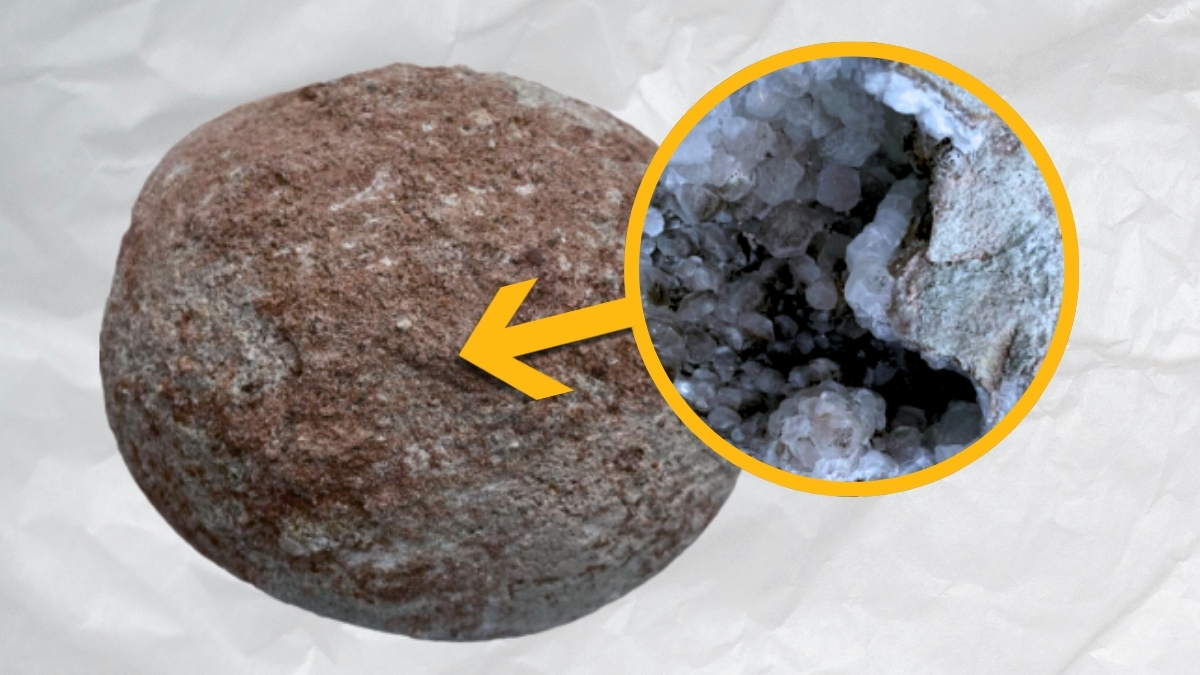Blog
-

This 70-Million-Year-Old Dinosaur Egg Contained a Sparkling Crystal Surprise : ScienceAlert
A grapefruit-sized dinosaur egg from a fossil bed in China gave paleontologists a huge surprise. Rather than a dinosaur embryo or sediment, it was filled with sparkling crystals of calcite lining the inner shell – a natural dinosaur…
Continue Reading
-
Death of ex-SBP governor condoled – Dawn
- Death of ex-SBP governor condoled Dawn
- Pakistan’s first female central bank head Shamshad Akhtar dies at 71 Reuters
- Diplomat Rafeeuddin Ahmed passes away, Asim Iftikhar pays tribute Hum News English
- COAS Field Marshal Asim Munir grieves over…
Continue Reading
-
Kundi says KP security situation has ‘deteriorated significantly’ – Dawn
- Kundi says KP security situation has ‘deteriorated significantly’ Dawn
- ‘K-P can’t be managed without army support’ The Express Tribune
- KPK Province Is Currently Facing Severe Terrorism. Khyber Pakhtunkhwa Governor Faisal Karim Kundi
Continue Reading
-
Rally held against postponement of Quetta LG polls – Dawn
- Rally held against postponement of Quetta LG polls Dawn
- FCC stays Quetta LG polls over delimitation challenge Dawn
- Election postponement fails to Dampen Candidate Manwar Ahmad Raisani’s resolve in Saryab Town Daily Parliament Times
- ECP suspends…
Continue Reading
-
20 nations, OIC reject Israel’s recognition of Somaliland – Dawn
- 20 nations, OIC reject Israel’s recognition of Somaliland Dawn
- ‘Blatant disregard for international law’: Pakistan, 20 other nations reject Israel’s recognition of Somaliland Dawn
- Any Israeli presence in Somaliland will be a ‘target’:…
Continue Reading
-
PCB to take over owner-less Multan Sultans for next PSL season – Dawn
- PCB to take over owner-less Multan Sultans for next PSL season Dawn
- PCB to run Multan Sultans franchise for next PSL season ESPNcricinfo
- PCB shortlists 10 bidders for two new PSL franchises Dawn
- PCB appoints Wasim Akram as PSL brand ambassador
Continue Reading
-
Bilawal calls for political reconciliation amid rising polarisation – Dawn
- Bilawal calls for political reconciliation amid rising polarisation Dawn
- Bilawal highlights significance of politics of reconciliation, calls for opposition to play ‘responsible’ role Dawn
- Bilawal proposes Zardari to lead political healing
Continue Reading
-
Nabi Bux Sathio Vice President, Sindh Chamber of Agriculture – Dawn
- Nabi Bux Sathio Vice President, Sindh Chamber of Agriculture Dawn
- 2026 Agriculture: Remaining rudderless Dawn
- The new agriculture frontier The Express Tribune
- Government Mismanagement Aggravates Grain Loss and Food Insecurity in Pakistan
Continue Reading
-
2026 OUTLOOK: Journey of highs and lows – Dawn
- 2026 OUTLOOK: Journey of highs and lows Dawn
- A Defining Year for Pakistan Daily Times
- Why stability alone is not enough? The Express Tribune
- Analysis – Pakistan’s 2025: General Munir Rose to Power as the Nation Struggles with Debt and…
Continue Reading
